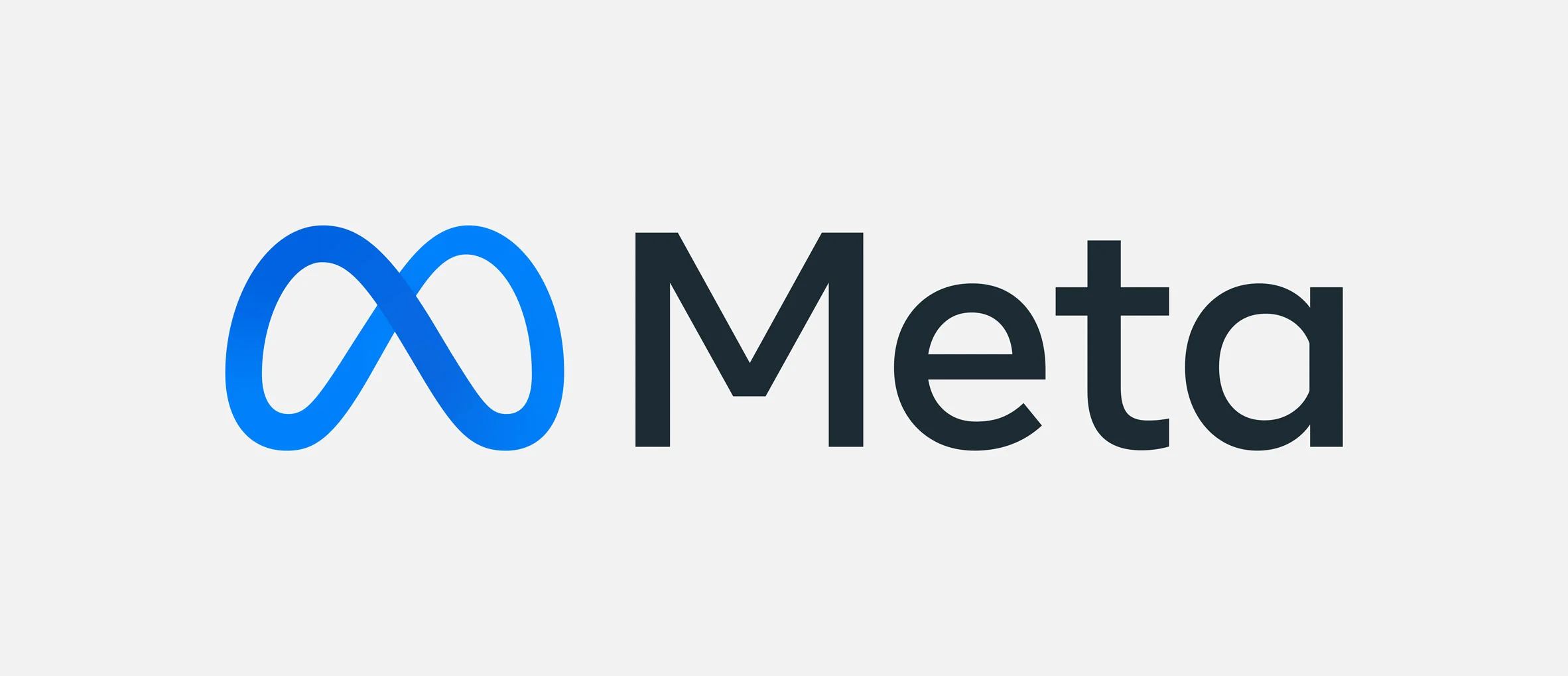What’s the Best Way to Translate Your Website Content for a New Market?

Expanding your business into new markets is an exciting opportunity for growth and increased reach. However, one of the significant challenges is ensuring that your website content resonates with the new audience. Effective website content translation is essential to communicating your brand message, engaging users, and building trust in new markets. This blog will explore how to translate your website content for a new market.
Understanding the Importance of Website Translation
Before diving into the translation methods, it’s essential to understand why translating your website is vital for entering new markets:
- Cultural Relevance: Tailoring content to align with cultural norms and preferences.
- Enhanced User Experience: Providing content in the local language enhances user engagement and satisfaction.
- SEO Benefits: Optimizing translated content for local search engines improves visibility and traffic.
- Competitive Advantage: Offering content in the native language can set you apart from competitors who may only provide content in a global language like English.
Best Methods for Translating Website Content:
1. Professional Translation Services
Hiring professional translation services ensures accuracy and cultural appropriateness. Here are some options:
- Translation Agencies: Agencies like SDL or TransPerfect offer comprehensive translation services, including localization and cultural adaptation.
- Freelance Translators: Platforms like Upwork and Fiverr connect you with freelance translators who can provide personalized and flexible services.
- Specialized Translation Companies: For niche markets, specialized translation companies that understand your industry can provide highly relevant translations.
Pros:
- High-quality and accurate translations
- Cultural and contextual relevance
- SEO optimization for local search engines
Cons:
- Higher cost compared to automated methods
- Longer turnaround time
2. Localization Services
Localization goes beyond translation by adapting content to the target market’s cultural, legal, and regional nuances. This can include:
- Adapting Idioms and Phrases: Ensuring idioms and phrases make sense in the target language.
- Modifying Images and Graphics: Changing visuals to suit cultural preferences.
- Adjusting Measurement Units and Currency: Converting units of measurement and currency to local standards.
Pros:
- Deep cultural relevance
- Improved user experience
- Enhanced brand perception
Cons:
- Requires more time and effort
- It can be more expensive
3. Machine Translation
Machine translation tools like Google Translate or Microsoft Translator offer quick and cost-effective translations. However, they need to improve in accuracy and contextual relevance.

Pros:
- Fast and cost-effective
- Good for initial translations or small projects
Cons:
- Limited accuracy and cultural relevance
- May require significant post-editing
4. Translation Management Systems (TMS)
A Translation Management System (TMS) automates the translation process and integrates with your website’s CMS. Tools like Smartling, Transifex, and Lokalise help manage translation workflows and ensure consistency.
Pros:
- Streamlined and efficient translation process
- Integration with CMS for real-time updates
- Supports collaboration among translators
Cons:
- The initial setup can be complex
- It may require ongoing management
5. In-House Translation Teams
Establishing an in-house translation team can be beneficial if your business operates in multiple markets. This team can consist of native speakers who understand your brand and market.
Pros:
- Direct control over translation quality
- Consistent brand voice across markets
- Quick turnaround for updates
Cons:
- Higher long-term costs
- Requires management and oversight
Best Practices for Website Translation
- Understand Your Audience: Research the target market for cultural nuances, preferences, and language usage.
- Use a Glossary and Style Guide: Develop a directory of terms and a style guide to maintain consistency in translations.
- Test and Optimize: Continuously test translated content with native speakers and optimize based on feedback.
- Monitor Local SEO: Ensure your translated content is optimized for local search engines to improve visibility and traffic.
- Provide Multilingual Support: Offer customer support in multiple languages to assist users in their native language.
Conclusion
Translation of website content for a new market is essential to your global expansion strategy. While there are several methods, the best approach depends on your particular needs, budget, and target audience. Professional translation services and localization offer the highest quality and cultural relevance, while machine translation and TMS provide efficiency and cost-effectiveness. By understanding your audience and following best practices, you can make sure that your translated content reverberates with your new market and drives success for your business.











